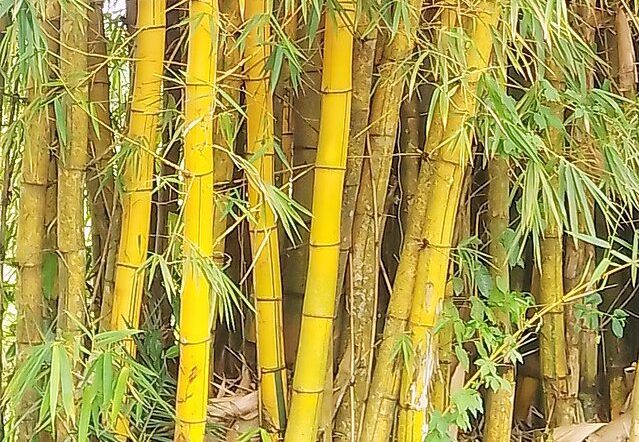In what began in 2019 as a ten-year national reforestation drive, bamboo (bambusa polymorpha) farms in Uganda are slowly but surely flourishing.
Along the Nile in Njeru, Buikwe District in central Uganda, a biofortification company has established a tissue culture laboratory.
Modern Laminates Ltd intends to extend its virgin role of kraft paper production and transform the leftovers into biogas.
The firm’s solid bamboo seedlings could up yield rates to 50 tonnes an acre, above the conventional 12 tonnes/acre for hollow bamboo.
According to the company’s director Dhruv Thummar, farmers will cash in by receiving 100,000 Uganda shillings ($27.59) per tonne for bamboo deliveries.
Sourcing will not be difficult because commercial cultivation of the plant is already commonplace, especially in equatorial rainforests.
Pointedly, replantation along Rwizi river in western Uganda to recover the 60% of lost water catchment biomass has been ongoing in recent years.
Although ecologists lost their first seedlings along a three-kilometer course of the river, they made restoration advances in 2024.
Restoring the catchment biomass via the fast-growing shrubs will also moot an economically viable cottage industry.
Fast Growing, Economically Viable
Indeed, rural farmers can combust bamboo into charcoal and still expect it to regrow, unlike water-draining eucalyptus.
Besides, wild bamboo shoots have culinary uses in the Mt. Elgon area, where they make a fiber- and mineral-rich traditional dish.
Perhaps this economic utility informs the 2019-2029 reforestation policy to grow bamboo in over 230,000 hectares of private land.
By early 2024, the national bamboo association had planted only 500 hectares, an indicator of the huge input ahead by private farmers.
There is also the attractive prospect of bamboo prices to count, whether as seedlings, posts or charcoal end product.
Seedlings cost 3,000 to 5,000 shillings ($0.83-1.38) per pot of 5 to 16 inches in early 2024, according to the National Farming Authority (NFA).
Hitherto, Uganda has been importing its seedlings from mainly Asia, where the tropical plant grows lushly.
Therefore, as Uganda farms bamboo both in the wild and on conventional farms, farmers stand to benefit. To learn more on the cultivation of this tropical plant that can grow almost anywhere, peruse the statistics below.
Uganda Bamboo Farms Statistics
Bamboo is Uganda’s bet to transforming 2.5 million hectares (ha) of degraded forestland via a 2019-2029 governmental restoration plan. The degraded forest area once totaled 7 million ha in 2010. The government cites that 15% of the restored grounds, equal to 375,000 hectares, will be under bamboo. While some of the plantations will be on natural habitats at around 60,000 hectares, the rest will be on private land. This gives priority to private farms that will be growing the quickly-maturing trees.
What is the target area under bamboo farms in Uganda?
By 2030, the government targets to cover 230,000 hectares of private farmland with commercial bamboo. According to the Food and Agricultural Organization (FAO), some of these trees on farms will make charcoal for sale.
Does cultivating bamboo mean less paper imports for Uganda?
Growing bamboo en masse can drastically reduce paper import bills. In the 2016-17 market year, paper import spendings averaged 439.7 billion shillings ($121.1 million). The country can also reduce pulp imports, which clocked 1.8 billion shillings ($496,620) in 2016-17.
Is bamboo economically viable in Uganda?
According to the Borgen Project, Uganda aims to reap 140 million bamboo poles, yearly. These will come from some proposed 230,000 hectares of farmland, which in turn will generate 150,000 permanent jobs. The undertaking will also offer over 700,000 long-term employment along its value chain. Besides, the government is targeting to back micro-enteprises that can produce charcoal from bamboo, to reduce the toll on eucalyptus.
